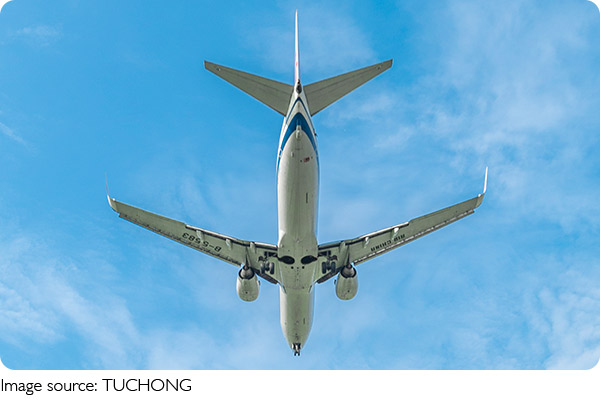Disaster at Airport Security

During the busy holiday season, the TSA expects a surge in air travel, making it crucial for travelers to be well-prepared, especially when it comes to carrying food items while flying.
Knowing the regulations around transporting food through TSA checkpoints is essential to avoid delays and potential confiscation.
Carry-on or Checked Baggage?
Most foods can be taken through TSA security, with the general rule being that solid items are allowed in carry-on luggage. However, if a food item is spillable, spreadable, sprayable, pumpable, pourable, and larger than 3.4 ounces, it must be placed in checked baggage to comply with regulations. Additionally, even permissible food items in carry-on bags may require extra security screening.
Permitted Foods in Carry-on Luggage
Several holiday delicacies can be carried in your carry-on luggage, making your travel experience more enjoyable and bringing a taste of home to your destination.
You can bring baked goods like cookies, cakes, and bread, which not only hold up well during transit but also make for thoughtful gifts. Candies and chocolates are another popular choice, offering sweet treats to share with loved ones or fellow travelers
Foods Requiring Checked Baggage
Certain food items must be placed in checked baggage rather than carried on board due to airport security regulations or airline policies. These items typically include liquids or semi-liquid foods that could be considered a potential security risk or that exceed the size limits for carry-on liquids.

Examples of such items include cranberry sauce, preserves, jams, jellies, gravy, canned fruits or vegetables, maple syrup or specialty holiday drinks often given as gifts.
Food Safety Reminder
In addition to packing food items correctly, travelers should also consider food safety when flying with perishable items. When carrying items like meats, dairy products, or prepared dishes that need to remain cold, it's essential to ensure they stay at the right temperature throughout your journey.
Frozen ice packs are allowed in carry-on bags and can help keep your food safe by maintaining a cold environment. However, it's important to note that these ice packs must be fully frozen at the time of screening to pass through security without any issues.
Taking these air travel and food packing tips into account will help ensure a smoother and more enjoyable journey during the holiday season. Bon voyage and bon appetit!
Air Travel Tips: 4 Things to Know Before Flying with Food
Video By Afar

 · Travel Team
· Travel Team